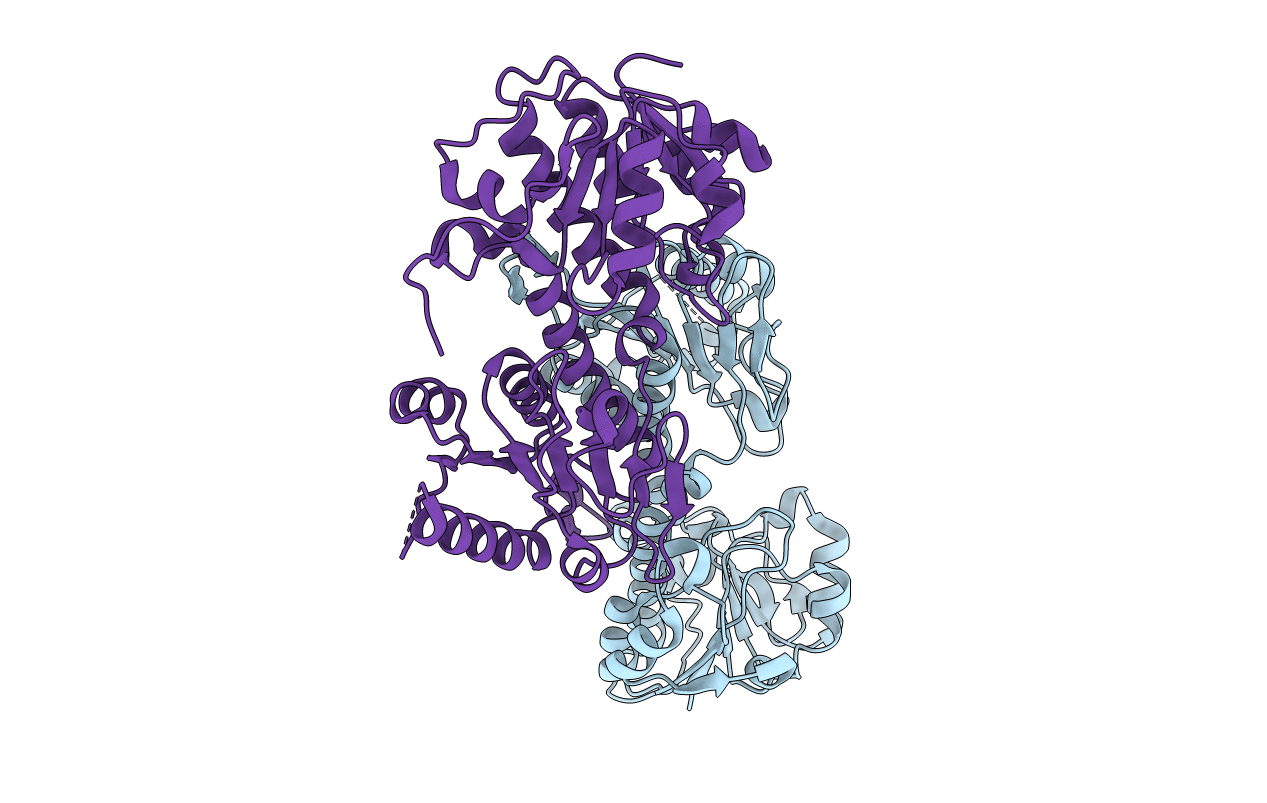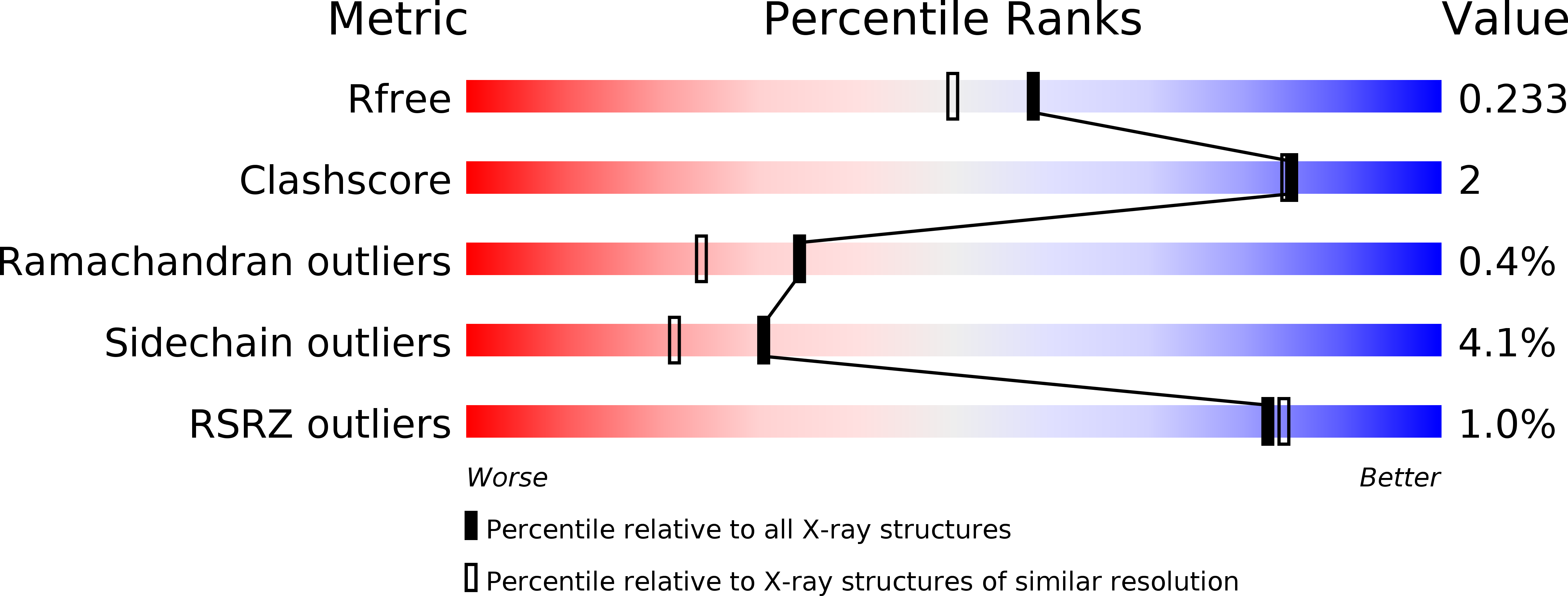
Deposition Date
2005-03-31
Release Date
2005-09-13
Last Version Date
2024-03-13
Method Details:
Experimental Method:
Resolution:
1.90 Å
R-Value Free:
0.22
R-Value Work:
0.17
R-Value Observed:
0.18
Space Group:
P 1


